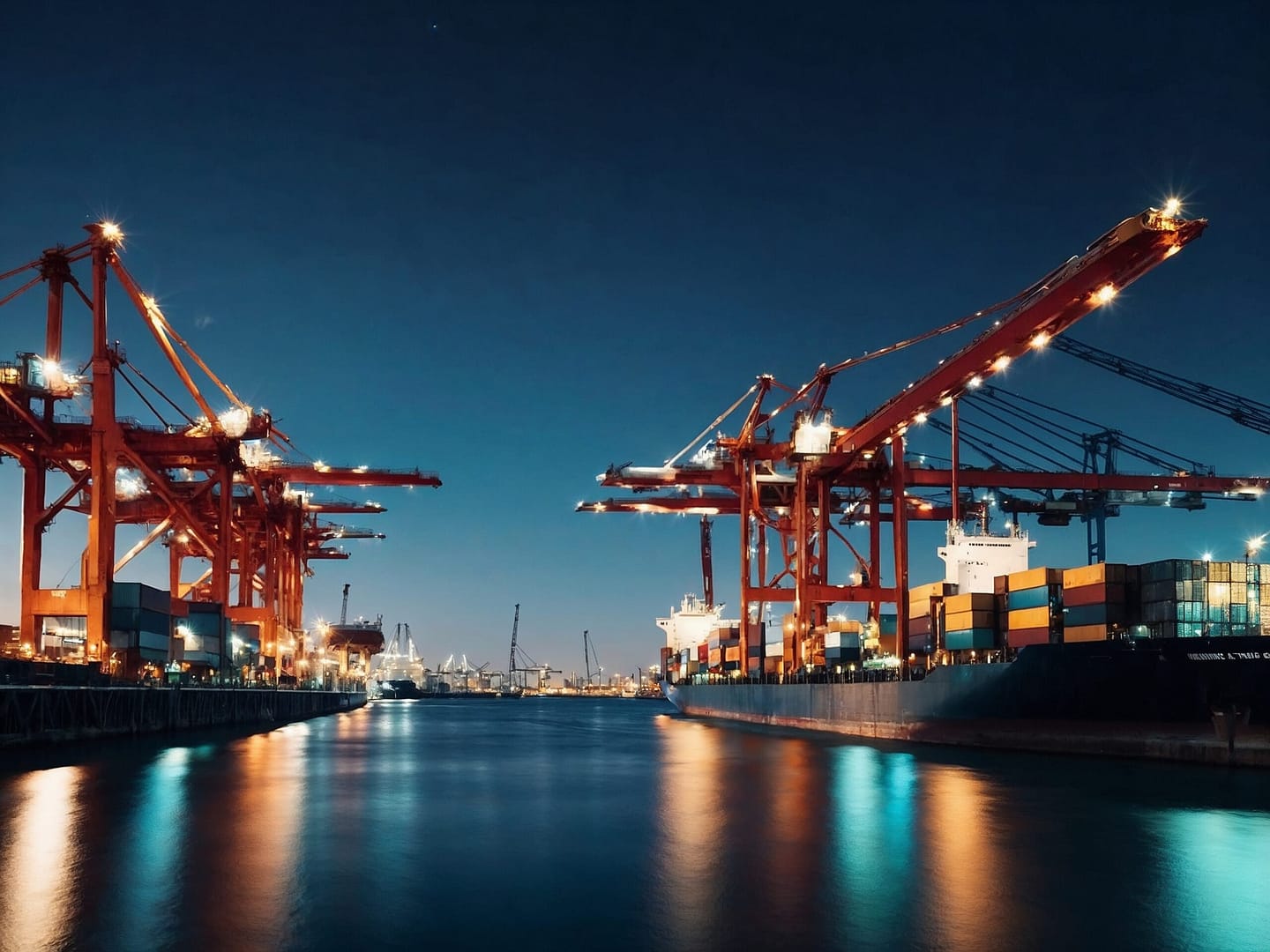India’s Pursuit of a Historic Trade Deal with the U.S america 🇺🇸 A New Era in International Trade
In an era where global commerce is evolving at breakneck speed, the dynamic between India and the United States has become a critical pillar of international trade. These two powerhouse economies share a long and multifaceted history that spans decades of negotiations, partnerships, and occasional disputes. Their trade relationship is not merely a matter of exchanging goods—it represents strategic economic policies, technological collaborations, and evolving market demands. Today, as supply chains shift and digital transformation accelerates, India and the U.S. are on the brink of sealing a trade deal that could redefine global commerce. This guide provides an in-depth look at the historical context, present challenges, ongoing negotiations, and future implications of this ambitious trade agreement.
The Significance of India-U.S. Trade Relations
Economic and Strategic Importance
Massive Trade Volume:
The bilateral trade between India and the U.S. has grown exponentially over the past decades. In 2023, the total trade exceeded $190 billion. This enormous volume reflects not only the diversity of traded goods—from high-tech machinery and pharmaceuticals to agricultural products and textiles—but also the strategic importance of this relationship. The U.S. serves as India’s largest export destination, creating vital revenue streams that help stabilize and grow the Indian economy. Conversely, American businesses benefit from India’s expansive market and growing middle class, driving demand for advanced technology and quality goods.
Diverse Sectoral Interactions:
Trade between these nations cuts across multiple sectors:
Technology & IT Services: India’s IT sector, renowned for its innovation and skilled workforce, has become a global leader. American companies outsource software development and IT solutions to tap into this expertise.
Pharmaceuticals: India’s robust generic drug industry makes it one of the world’s foremost suppliers, while the U.S. market remains a critical destination for these products.
Agriculture & Manufacturing: The exchange of agricultural products and industrial goods continues to grow, creating mutual benefits and fostering deeper economic integration.
Investment & Innovation: Beyond tangible products, both countries share significant investments in technology, research, and infrastructure projects that drive long-term economic growth.
Geopolitical Strategy:
This trade relationship is also a strategic tool. For the U.S., strengthening ties with India is central to its Indo-Pacific strategy, aiming to balance influence in a rapidly changing region. For India, the deal offers a pathway to modernize its infrastructure and boost global competitiveness. Enhanced bilateral cooperation not only translates into economic gains but also reinforces strategic alliances that could shape future regional policies.
Long-Term Benefits
A robust trade deal would offer substantial benefits, including:
Expanded Export Opportunities: Lower barriers would allow U.S. exporters to tap into India’s vast market, while Indian businesses could scale up exports to a high-income market.
Enhanced Market Access: With streamlined regulations and reduced tariffs, both countries can expect smoother transactions across diverse sectors, encouraging innovation and competition.
Bilateral Investment Boost: A stable trade framework can attract greater foreign direct investment, supporting the growth of high-tech industries and infrastructure projects.
Economic Stability and Growth: Strengthened trade ties often lead to job creation, increased consumer spending, and more resilient economic systems, ultimately contributing to global economic stability.
Historical Challenges in Trade Negotiations
Despite the substantial economic potential, past trade negotiations between India and the U.S. have encountered several hurdles. A clear understanding of these challenges is essential to appreciate the complexity of the current discussions.
1. Tariffs and Trade Barriers
U.S. Perspective:
American industries have long been frustrated with what they perceive as India’s high tariff regime. These tariffs, particularly on agricultural products and technology goods, restrict the ability of U.S. exporters to compete effectively in the Indian market. High tariffs raise the cost of U.S. products, reducing their competitiveness against local alternatives or imports from other countries with more favorable trade terms.
Indian Perspective:
India, on the other hand, defends its tariff structure as a means of protecting domestic industries, especially in the agriculture and manufacturing sectors. Concerns persist about the impact of U.S. tariffs on key inputs like steel and aluminum, which are vital for India’s industrial growth. This defensive stance is rooted in the desire to shield domestic producers from volatile international markets and maintain economic sovereignty.
2. Market Access Disputes
Market access has been another contentious area:
India’s Demand:
India seeks greater entry for its pharmaceuticals, IT services, and other emerging sectors in the U.S. market. The potential for job creation and economic diversification is enormous, yet current regulations and protectionist measures hinder full-scale market integration.U.S. Concerns:
American businesses have pushed for enhanced access to India’s vast manufacturing and agricultural markets. They argue that opening these sectors will allow for more competitive pricing and innovation but face resistance due to India’s protective economic policies.
3. Intellectual Property Rights (IPR)
The debate over IPR is one of the most challenging aspects:
Patent Protections:
U.S. companies, particularly in the pharmaceutical sector, demand robust patent protections to safeguard their innovations. They contend that stronger IPR laws are essential to encourage continued research and development.India’s Generic Industry:
India’s thriving generic drug sector, which has made medicines affordable for millions, has historically challenged these patent protections. The balance between incentivizing innovation and ensuring public health access has been difficult to achieve, often leading to prolonged disputes in trade talks.
4. Digital Trade and E-Commerce
As commerce shifts into the digital age, new challenges emerge:
Data Localization:
India’s policies on data localization require companies to store and process data within national borders, which conflicts with the global operational models of many U.S. tech giants.Cybersecurity and Cross-Border Data Flows:
With increasing cyber threats, both countries are keen on establishing standards that ensure secure data transmission while maintaining openness to digital trade.Regulation of E-Commerce Platforms:
The rise of global e-commerce has prompted regulatory challenges, with both sides seeking to protect their domestic markets while fostering innovation and international competition.
5. Agricultural Subsidies
Agricultural policies have long been a sensitive area:
U.S. Criticism:
The U.S. argues that India’s extensive agricultural subsidies distort market competition, making it difficult for U.S. products to compete on an even playing field.Indian Perspective:
For India, these subsidies are vital for sustaining a large segment of its population that depends on agriculture for their livelihoods. Balancing these domestic needs with international trade expectations remains a persistent challenge.







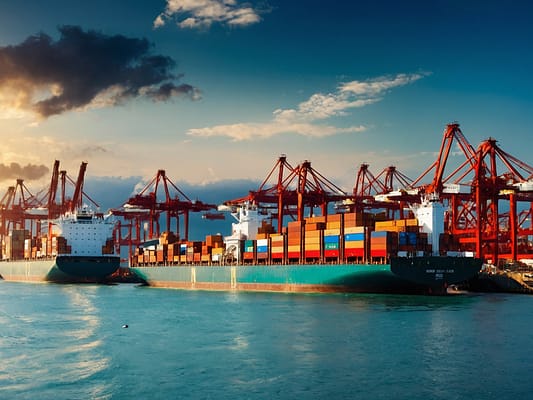

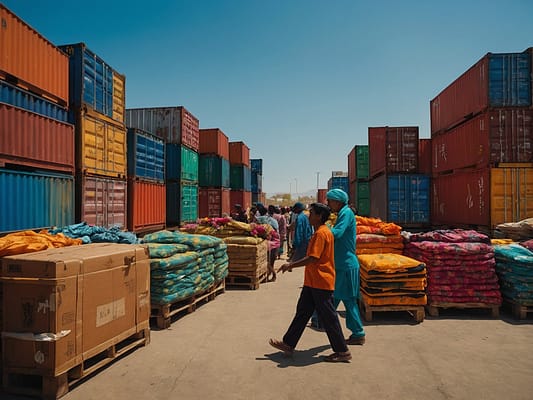
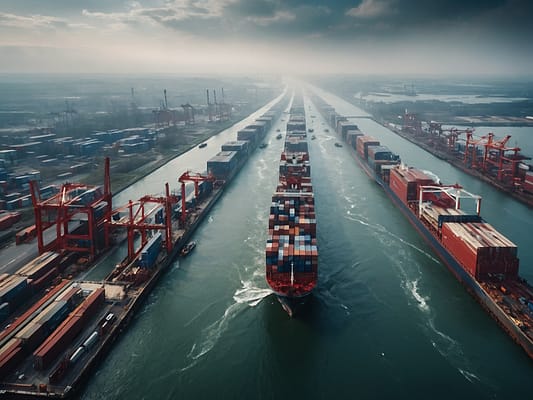
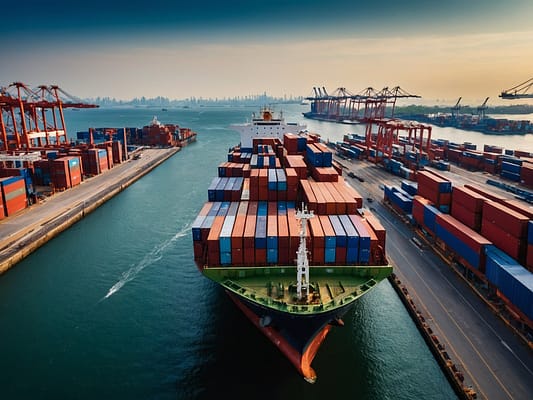

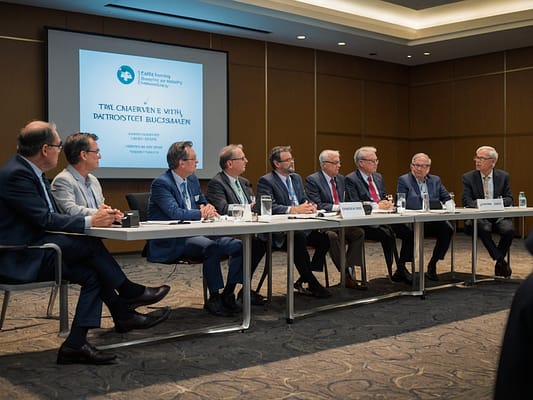




Key Elements of the New Trade Deal
Both nations are committed to crafting an agreement that overcomes past obstacles and sets a progressive agenda for future trade. Here’s a detailed look at the main components currently under discussion:
Tariff Reductions
India has signaled a willingness to further reduce tariffs on key American products. This could involve:
Agricultural Exports:
Additional tariff cuts on items such as almonds, apples, and other high-demand products could open new avenues for U.S. farmers.Manufactured Goods:
Select manufactured goods might also see tariff adjustments, allowing American industries to compete more effectively in India’s growing consumer market.
Enhanced Market Access
The agreement aims to bridge the market access gap by:
Opening U.S. Markets for Indian Services:
Improving access for Indian IT services and pharmaceuticals could help unlock new revenue streams for the sector, boosting innovation and global competitiveness.Facilitating American Entry into India:
For U.S. companies, easier access to India’s manufacturing and agricultural sectors means lower entry barriers, increased partnerships, and a broader customer base.
Digital Trade Framework
Given the rapid growth of digital commerce, the deal is expected to feature a comprehensive digital trade framework that includes:
Cross-Border Data Flows:
Establishing clear guidelines to ensure secure and efficient data transfer, which is crucial for global e-commerce.E-Commerce Regulations:
Setting standards that protect consumer rights and encourage innovation while ensuring a level playing field for all market players.Cybersecurity Measures:
Collaborative efforts to address cyber threats, ensuring that both nations can safeguard critical digital infrastructure without stifling trade.
Strengthening Supply Chain Resilience
Recent global disruptions have underscored the need for resilient supply chains:
Diversification Strategies:
The deal could incentivize diversification of supply chains, reducing over-reliance on a single region or supplier. This is particularly significant in light of shifts away from China-centric models.Infrastructure Investments:
Joint investments in logistics and infrastructure improvements can create more efficient trade routes, reducing delays and costs while enhancing overall resilience.
Regulatory Reforms
Streamlining regulations is a key goal:
Harmonized IPR and E-Commerce Laws:
Aligning intellectual property laws and digital regulations between the two nations would reduce compliance complexities and create a more predictable business environment.Legal and Policy Frameworks:
A unified regulatory framework can help mitigate risks associated with trade disputes, ensuring that both parties can adapt to changes in global market dynamics more seamlessly.
Expert Opinions & Expert Insights
The success of such a transformative deal relies heavily on insights from industry experts and economists. Thought leaders in trade and economics have emphasized:
Digital Transformation:
“This deal is not just about lowering tariffs—it’s about rethinking global commerce for a digital future,” explains a renowned trade economist. Experts believe that harmonizing digital trade policies will enable both nations to better compete in a technology-driven world.SME Empowerment:
Industry analysts assert that improved market access and regulatory simplification can provide a significant boost to small and medium-sized enterprises (SMEs), fostering a more inclusive economic environment.Long-Term Economic Stability:
Trade experts agree that by reducing trade friction and promoting bilateral investments, the agreement will contribute to long-term economic stability and growth for both nations.
Examining previous successful trade agreements provides valuable lessons:
EU-Canada Comprehensive Economic and Trade Agreement (CETA):
CETA demonstrated how the reduction of trade barriers and harmonization of regulations can spur growth in both technology and manufacturing sectors. The agreement has led to increased exports and a more predictable business environment for companies in both regions.ASEAN Free Trade Area (AFTA):
The ASEAN model offers insights into how multilateral agreements can boost regional integration and resilience. By reducing intra-regional tariffs and simplifying customs procedures, AFTA has helped member countries achieve significant economic growth.
Visual elements enhance understanding and engagement:
Trade Volume Charts:
Graphs depicting the steady rise in bilateral trade volumes between India and the U.S. over the past decade.Regulatory Comparison Graphs:
Side-by-side comparisons of tariff rates, data policies, and market access measures.Supply Chain Maps:
Visual representations of diversified trade routes that illustrate how supply chain resilience is being improved through the deal.
FAQs
Q1: Why is the India-U.S. trade deal important?
A: It opens up significant economic opportunities by reducing trade barriers and modernizing regulations, paving the way for long-term growth and stability.
Q2: What are the main challenges that have historically hindered this deal?
A: Key challenges include differences in tariff policies, market access restrictions, intellectual property rights conflicts, and evolving digital trade issues.
Q3: How will digital trade be impacted by this agreement?
A: The deal proposes a comprehensive digital trade framework that will streamline cross-border data flows, establish e-commerce standards, and bolster cybersecurity measures.
Q4: What benefits will SMEs gain from the new trade framework?
A: SMEs can expect improved market access, lower entry barriers, and a more predictable regulatory environment, which will enable them to compete more effectively on the global stage.
Stay ahead in the evolving world of international trade! Subscribe to our newsletter for regular updates, download our exclusive whitepaper for deeper insights, or contact our experts to discover how your business can capitalize on these transformative changes. Join the conversation and be part of a new era in global commerce.
India’s pursuit of a historic trade deal with the U.S. represents a transformative moment in international trade. By addressing longstanding issues—from tariffs and market access to digital trade regulations and supply chain resilience—this agreement is poised to reshape global commerce. It will not only boost bilateral trade but also set new benchmarks for future international agreements, fostering economic stability, inclusive growth, and strategic geopolitical alliances.
For business leaders, policymakers, and trade experts, staying informed about these developments is crucial. With innovative strategies, regulatory reforms, and sustained political will, this historic deal could pave the way for a more resilient, dynamic, and interconnected global economy. The future of international trade is being written today—don’t miss your chance to be part of this revolutionary change.

